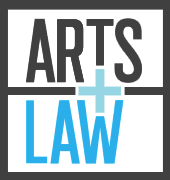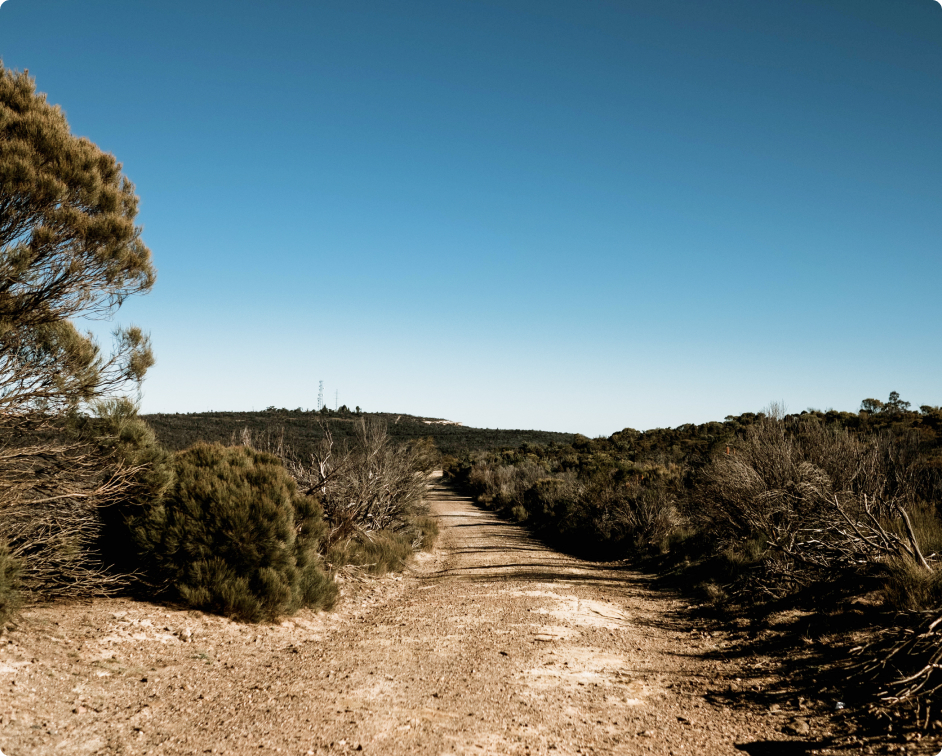This sample copyright licensing agreement should be used when a person wishes to use artwork, photographs, dramatic works or literary works in a podcast. The copyright owner can grant the other person a licence to use the copyright protected work in specific ways. This sample agreement is a generic agreement that covers all copyright licences but may also be tailored to suit the needs of any specific case. It is based on the premise that the artist owns copyright in the artwork he or she created; it needs to be amended if this is not the case. Arts Law also has less wide ranging sample licensing agreements such as the Music & Sound Recording Licence for Podcast and Music Commission Agreement for Podcast.
This sample agreement includes the most common terms which the parties need to consider and agree upon to form a legally binding contract.





